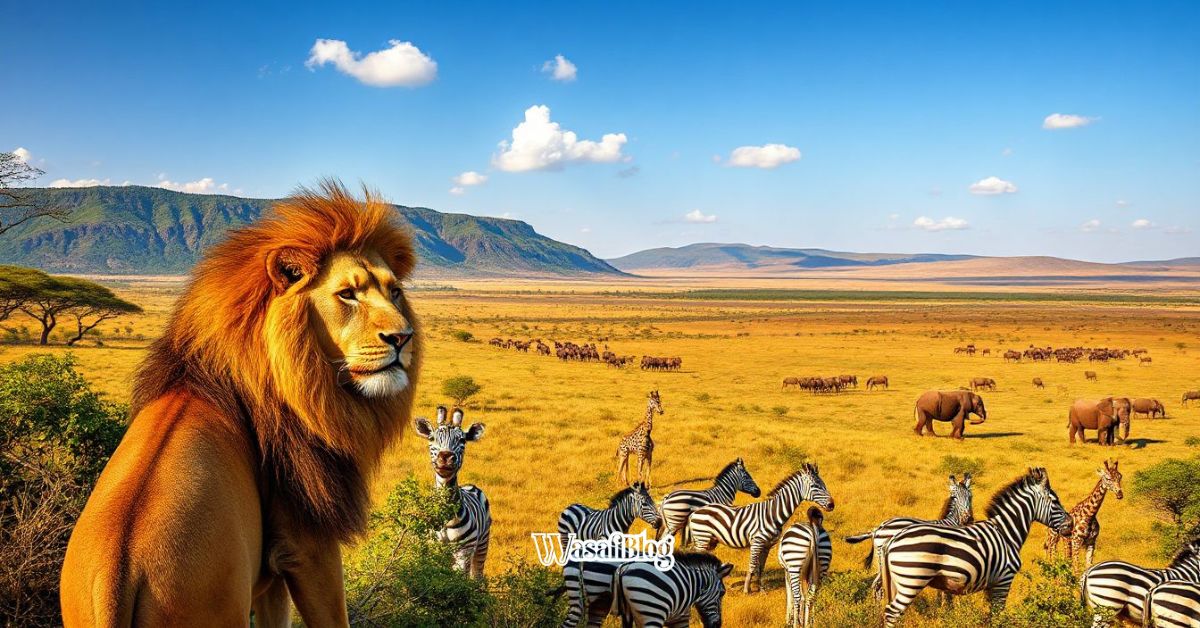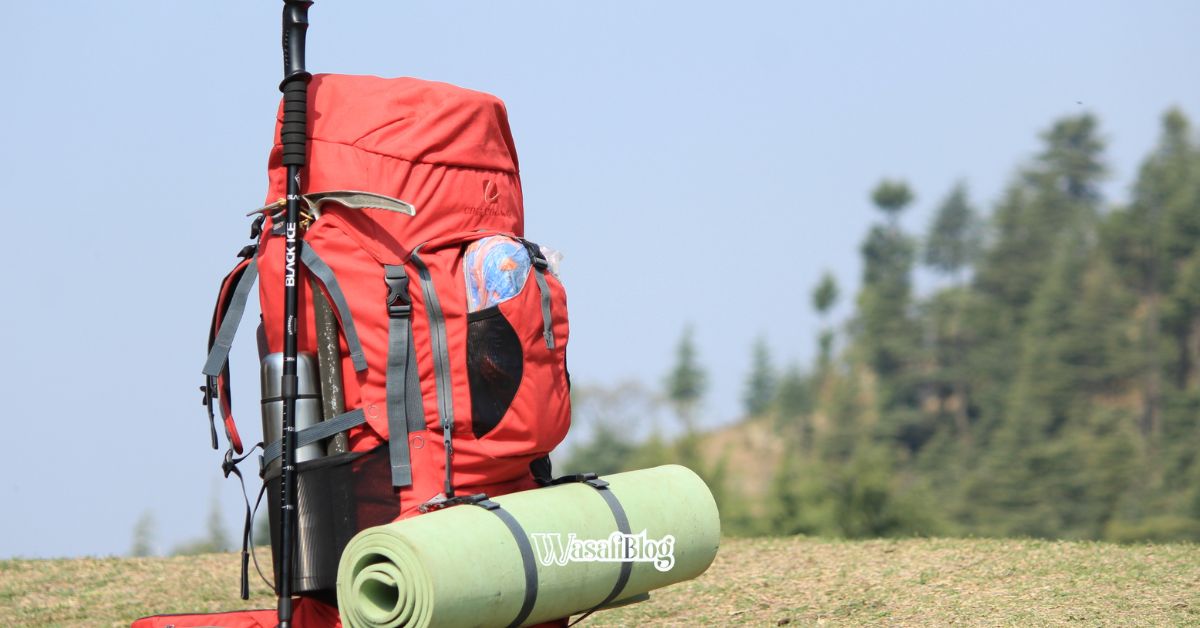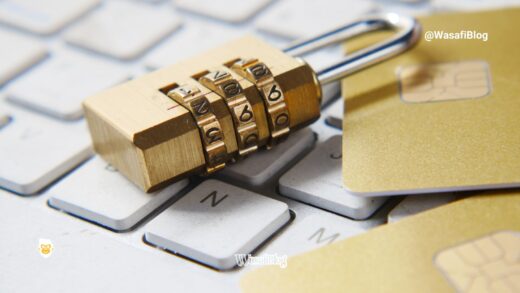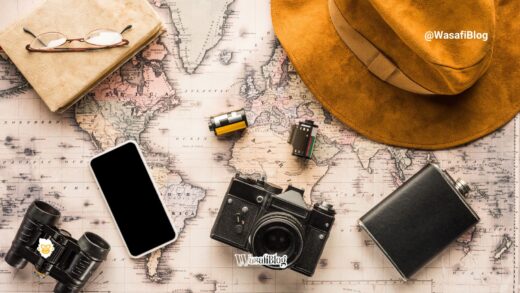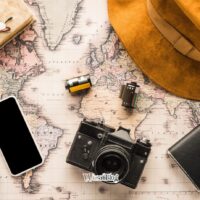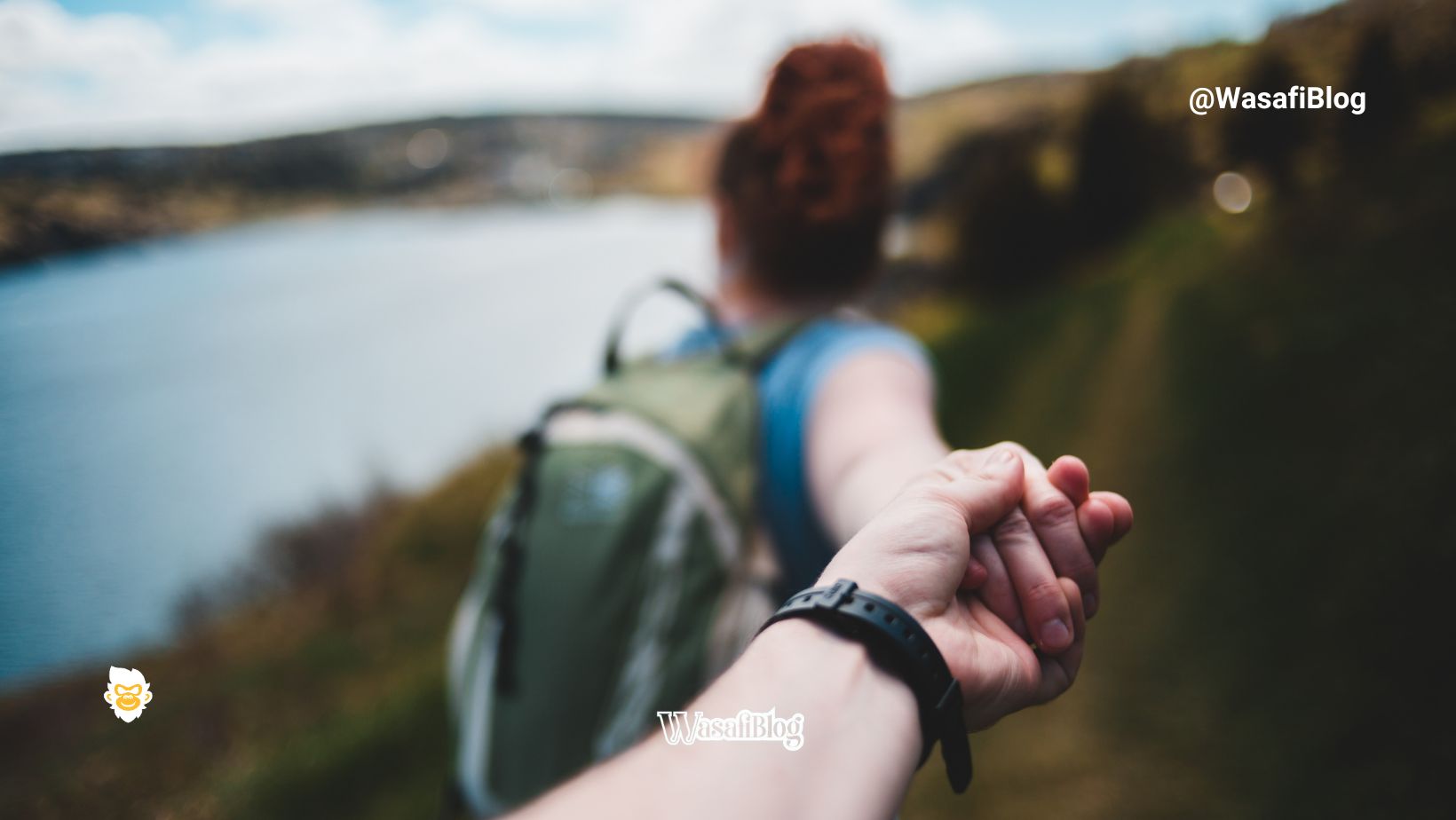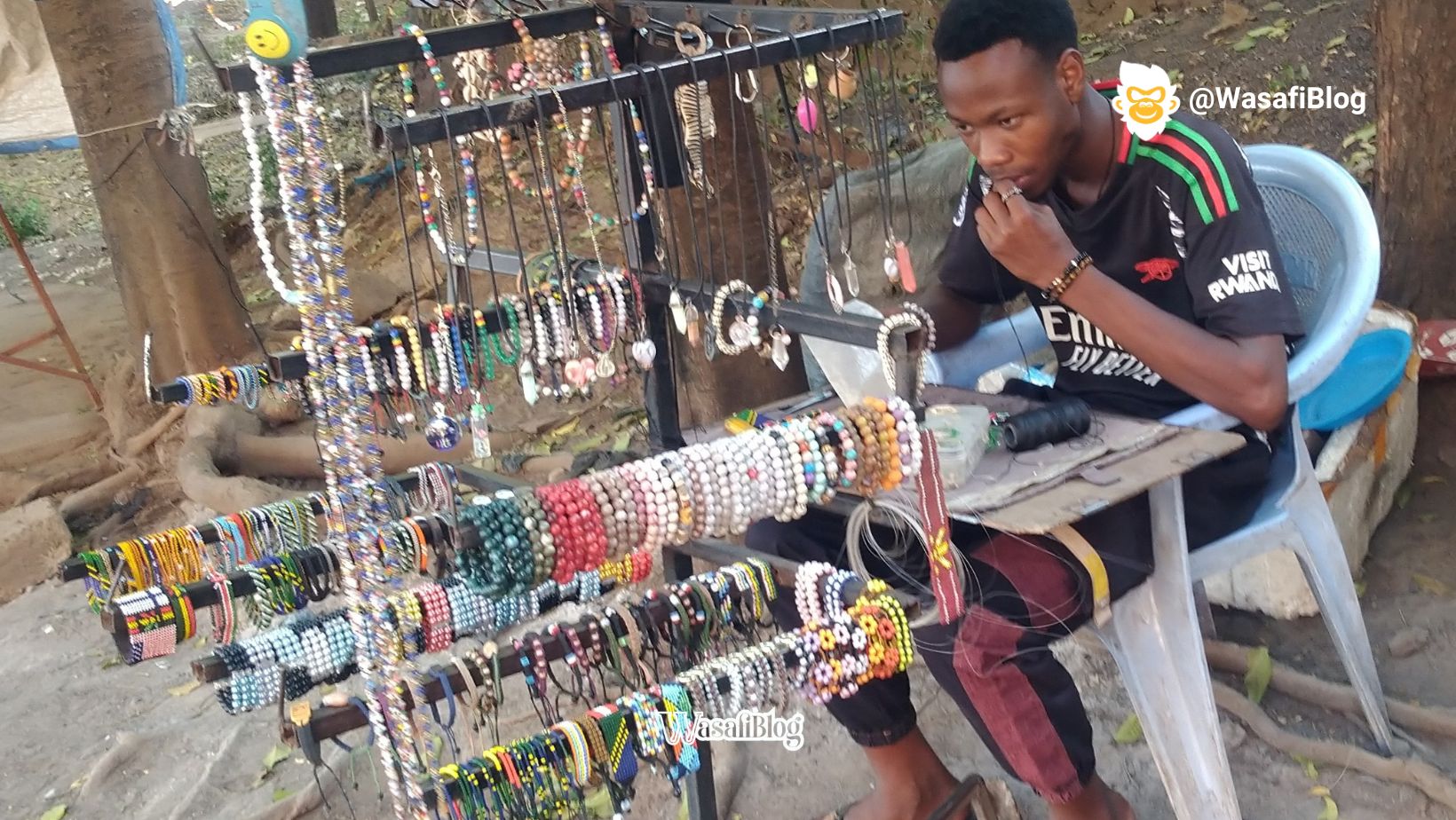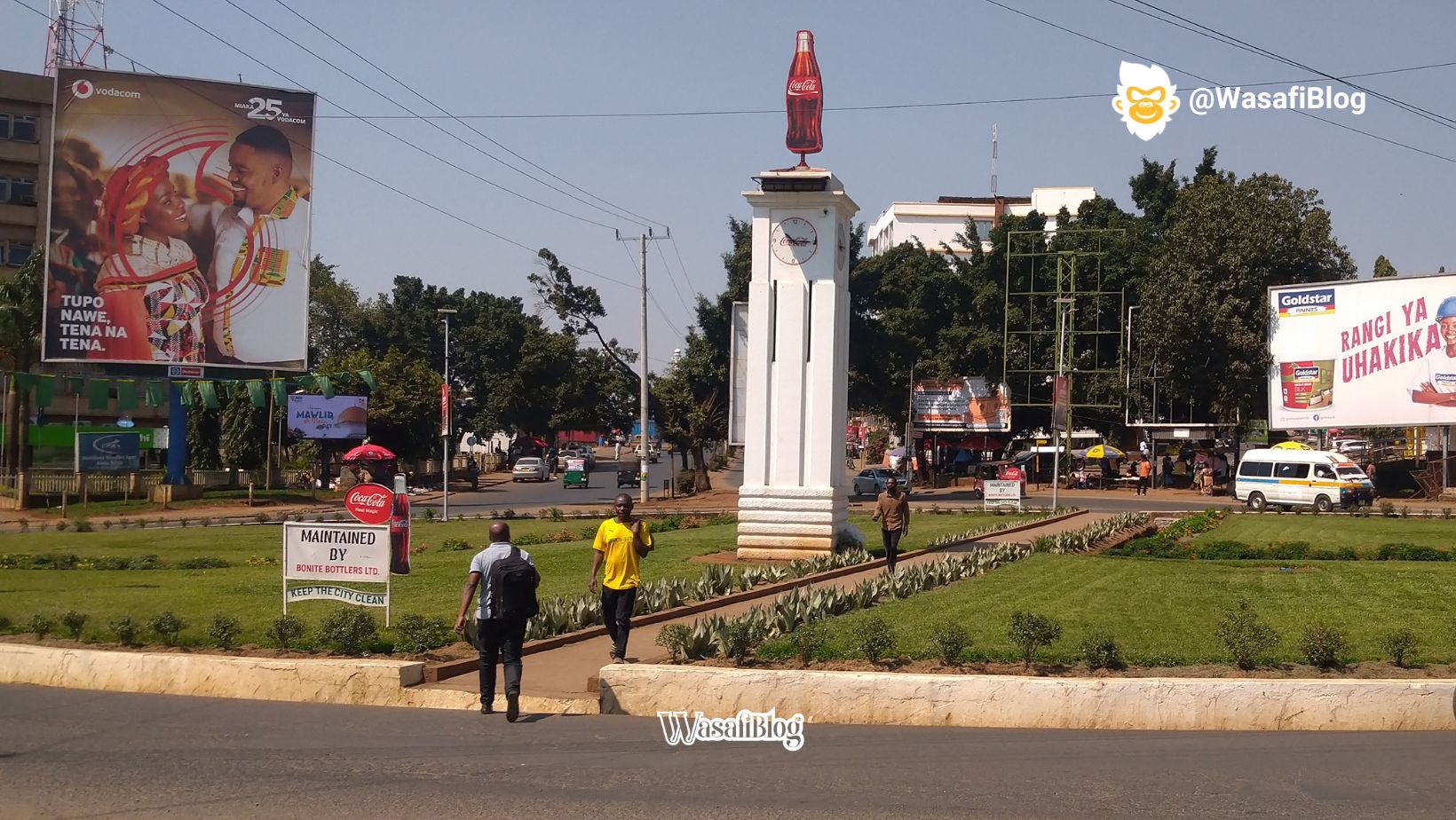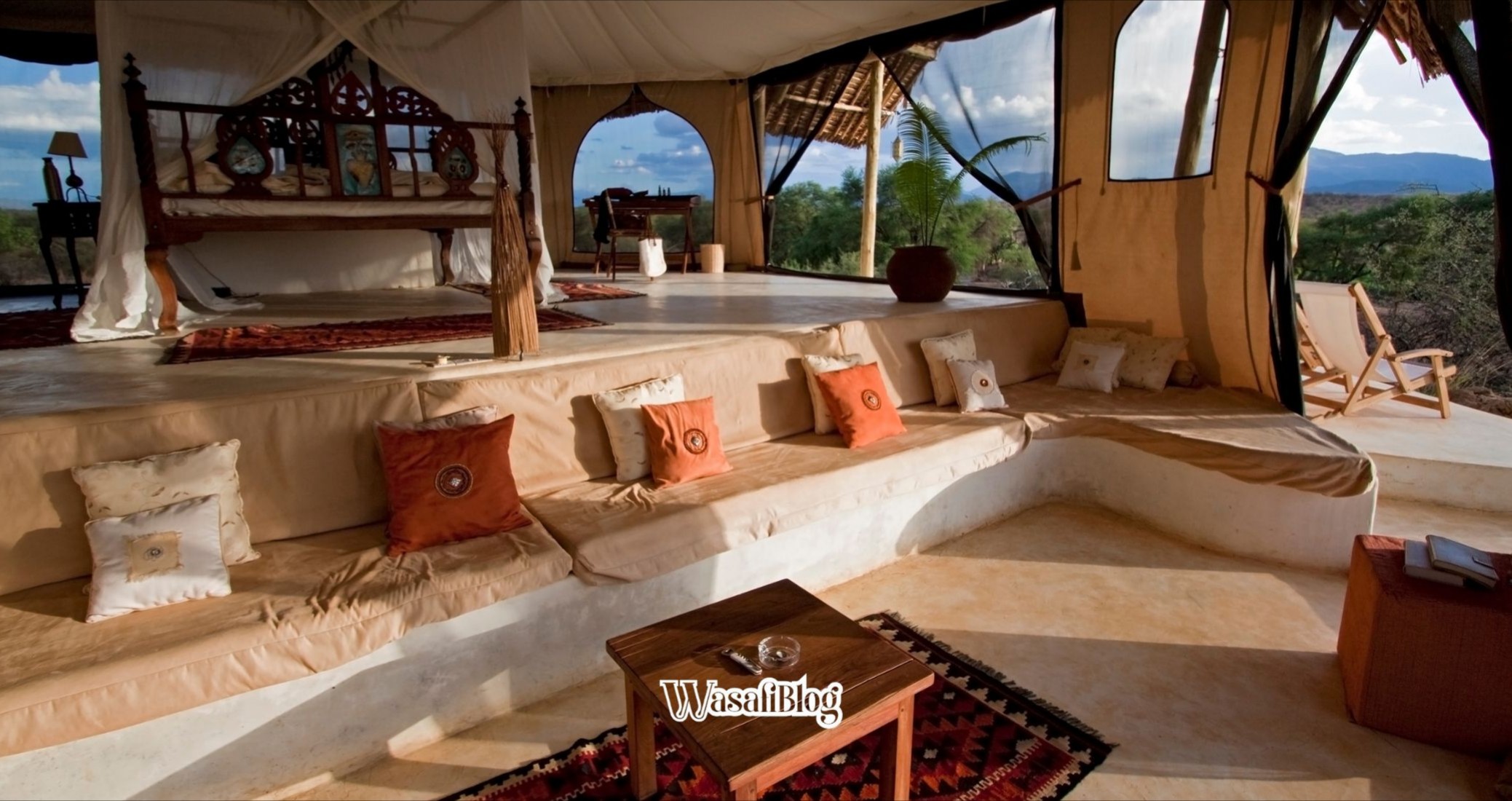Planning a surprise trip for someone you love isn’t about big reveals or jaw-dropping destinations—it’s about emotional choreography. The beauty of a well-planned surprise isn’t just in where you end up, but in how you build tension, drop clues, and orchestrate tiny moments that lead to one shared wow. When done right, the joy starts long before you pack a bag.
If you’re serious about making the experience memorable—not just the destination but the entire arc of reveal—this guide will walk you through the strategies that give a surprise trip depth, rhythm, and emotional lift.
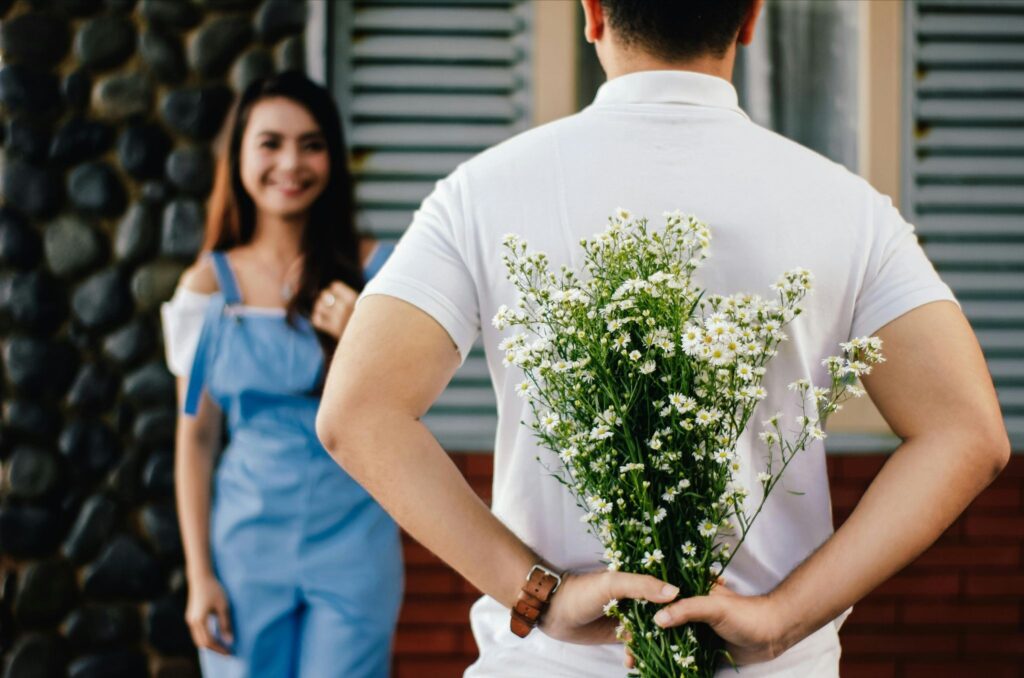
Start by unlocking deeper pre‑trip joy
Before you even settle on a location, you’re already shaping the emotional arc of the surprise. Unlocking deeper pre‑trip joy isn’t just a bonus—it’s a neuroscience-backed gift. Studies show that even fantasizing about a trip can increase happiness in measurable ways. That means your surprise starts before the plane tickets are booked.
Use that to your advantage by seeding ideas, letting your partner’s imagination wander, and creating a sense of excitement before anything is revealed. Framing the trip as a mystery to look forward to adds fuel to the emotional fire long before departure.
Use an online invitation maker to build anticipation
Surprise thrives on ritual. One way to anchor that ritual is with something visual—a teaser card, a mock ticket, a countdown calendar. It signals: “This is real. This is happening.” You can use an online invitation maker to craft something custom that gets the anticipation flowing without giving the game away. Drop it in their inbox or leave it somewhere they’ll find it. The act of designing something intentional adds gravity and warmth to the reveal.
Stretch out surprise energy through slow reveals
Instead of dumping all the details at once, drip them out. A casual packing suggestion. A “don’t make plans” heads-up. A playlist titled after a vague hint. Little pieces of information keep curiosity alive without tipping your hand. The key is to stretch out surprise energy, building suspense that enhances both joy and mental stimulation. Anticipation is its own kind of emotional currency—and if you extend that window, you extend the delight.
Lean into mystery travel when it fits the relationship
Some people love control; others thrive on chaos. If your partner leans toward the latter, consider the full mystery format—where they don’t know anything until the very last moment. Leaning into mystery travel removes decision fatigue and turns the trip into a trust exercise. You might handle everything: bookings, logistics, even a suitcase secretly packed and ready. This kind of plan works best for relationships where surprise feels exciting, not stressful. It transforms an ordinary getaway into a co-created memory.
Give flexible structure, not chaos
Even mystery needs rhythm. Give your surprise trip a scaffolding. You don’t need a minute-by-minute itinerary, but do build in some “knowns”—like a mid-day activity or a quiet dinner spot—so your partner has touchpoints to ground them. The art is in balancing control with openness. It helps to give a flexible structure that lets spontaneity breathe while keeping the trip emotionally stable. No one likes waking up with zero idea what’s happening next. Surprise can spark joy, but disorientation kills it fast.
Pre‑stage seamless details so they don’t see the effort
Emotional effort doesn’t have to look like effort. If you’re doing this right, they’ll remember the ease—not the work. The snacks appear in the bag. The transportation shows up on time. The hotel check-in is smooth. You, behind the curtain, are pulling the strings to pre‑stage seamless details so they don’t feel the burden. Surprise works best when friction disappears and all they feel is delight. Manage that, and they’ll remember how the trip made them feel—not just where you went.
Tap dopamine in surprise without overwhelming the system
According to travel psychology, anticipation alone can activate dopamine in the brain. So the surprise doesn’t even have to be massive. In fact, subtle reveals, clever clues, or a build-up that delays gratification can generate more excitement than a sudden full-drop. That’s why it matters to tap dopamine in surprise in ways that align with the brain’s reward rhythm. It’s not about shock—it’s about flow. The kind of flow that turns surprise into intimacy.
The best surprise trips don’t just impress—they connect. They mark a moment and say, “I know you well enough to do this for you and with you.” The planning, the teasing, the reveal, the trip—they’re all notes in the same emotional chord. Let that chord ring long after you unpack.
When you look back, the place may blur, but the orchestration? The beats you built, the moments you scattered like breadcrumbs? Those are what stick. Don’t aim for shock. Aim for a story. And tell it together, one surprise at a time.
Embark on your Tanzanian adventure with WasafiBlog for expert tips, guides, and stories that will make your journey unforgettable!


